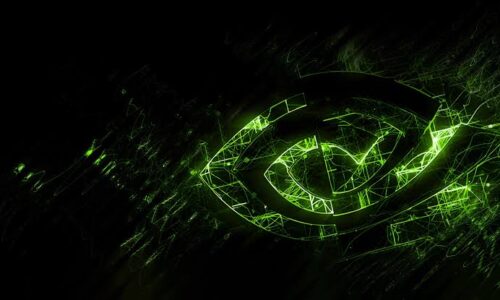- Enoch Oyedibu
- Digital Detox
- 0 Comments
- 1581 Views
…there is no reason to spend
With the remarkable presence of social media, comes this dangerous addiction that can tear apart users’ mental health—social media engagement. Assuredly, very few of us can relate that there is a looming issue posing a significant threat to our lives. While engagement with social media isn’t entirely in the wrong, constantly getting attached to it is likely to bring fatigue, sluggish workflow and troubling mental health. It can also have a serious impact on assiduous phenomena planning to achieve success in our world. Except for any user who is using social media for serious business-related matters, there is no reason to spend approximately two hours on social media. But our world’s addiction to screens has dominated our attention, taken our time and disconnected us from maintaining our mental health. In all these, there is a solution which is the ‘Digital Detox’.
Detox is defined as “medical treatment in a special hospital to stop someone drinking too much alcohol or taking harmful drugs.” Detox can also be used to mean a process of stopping unhealthy or harmful substances in one’s body system. Merging it with “digital”, Digital Detox comes as a rescuer of users from high induction of social media content. This detoxification, once properly administered, will help us to understand that spending even an hour to 10 hours on social media is highly debilitating to our career, life and health.

Meanwhile, Digital Detox is not all about renouncing technology entirely. It is rather setting the tone of the media’s ‘Uses and Gratification theory’ that helped to define how users can use media and its contents to their advantage. One of the ways is digital Detox.
Digital Detox helps us to understand how to use social media content to our advantage and learn to live with it without using their overly grandiose and attractive, but mostly needless content, to take advantage of us. There is a need to create a healthy balance. This is why this 4-step guide is a surefire for anyone willing to navigate the process of reducing one’s digital footprint, stay focused and reconnect with life beyond the screen. After all, no screen life exists in reality.
Step 1: Digital Detox is Personal: Understanding Our Habits First
We need to realize first that digital detox is personal and can only be achieved through personal motivation. However, achieving a digital detox is possible when we begin by assessing how and when we consume our digital devices. Utilizing our apps or device settings to monitor our daily screen time and identify our most frequented apps and websites, will do a wealth of job.
Based on our assessment we can now move on to set realistic goals for digital detox. This will help to reduce our screen time and help to focus on other physical things that matter. The truth is, complaining that there is “not enough time for me” can never do any good. Time spent on reels and gossip chats can as well, be channeled to other productive engagements. For example, if we spend four hours daily on our phone, our goals should aim at cutting down to three hours within the first week.

Step 2: Gradually Reduce Screen Time
Schedule Screen-Free Times
Designate specific times of the day as screen-free, such as during meals or one hour before bedtime, to help our minds unwind. We need to also adjust our device settings to limit notifications from apps that are not essential, reducing the constant urge to check our phones.
Step 3: Substitute Digital Activities with Real-Life Interactions
Replace time spent on devices with physical activities like walking, yoga, or team sports. Physical activity not only diverts us from excessive screen use but also boosts our moods and health.
It helps us to reconnect with our environment, spend time in nature or engage in hobbies that don’t involve screens, like reading, cooking, or drawing. This can enhance creativity and reduce dependence on digital entertainment.
Step 4: Cultivate Mindfulness and Presence
Incorporate mindfulness practices such as meditation or deep breathing into our daily routines to enhance our ability to stay present and reduce the compulsion to revert to digital habits. We need to set aside time each week to reflect on our progress and adjust our goals as necessary. This helps maintain motivation and ensures that our digital detox remains aligned with our lifestyles.
Read Also:Digital Fashion Trends and Brands to Watch Out For











